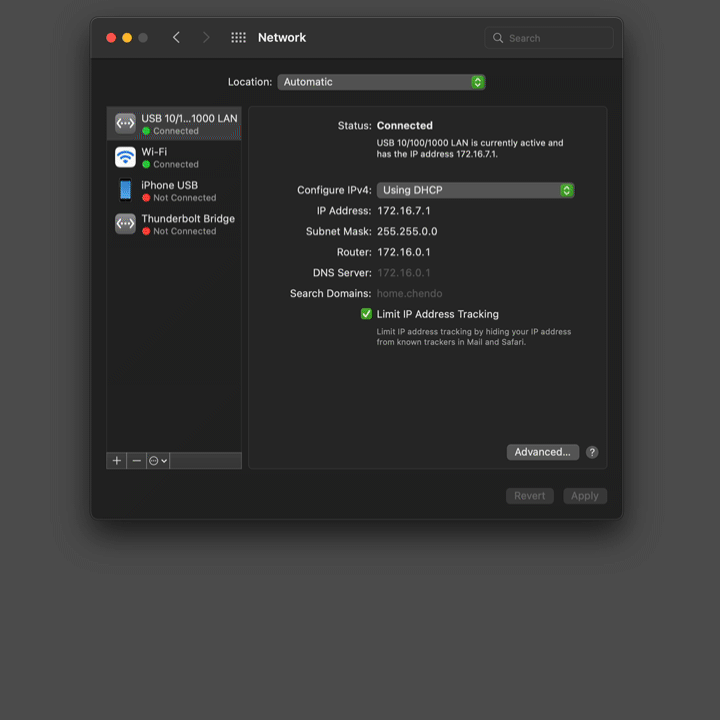:+1: on this being a natively-implemented feature - modal interfaces are a fundamentally different type of interface; and any attempt to implement them outside of the UI and UX of the core tool is always a bit of a hack. (I say this as a sometimes contributor to Tridactyl, lol.)
I don't think you need to implement the richest, most fully-functional deep-nerd version of this in the core application, personally - I think poweruser stuff is absolutely appropriate for an extension (i.e. 98% of Tridactyl.) However, there's two things that would really, really benefit from a native implementation:
Modes themselves - a basic, solid, core implementation of hotkey-handling and UI-feedback around hotkey modes.
As a very not-Vi-centric example - there doesn't appear to currently be a way to navigate the tabs-list via keyboard, without fully activating and loading each tab into the viewport in turn as you do so. That's not even just a Vi paradigm, that's common in many macOS interfaces - imagine, for instance, clicking in the empty area at the bottom of the vertical tabs sidebar; and then using arrow-keys to navigate up/down the list of tabs before hitting 'return' to select one and return arrow-key control to the viewport.
In an ideal world, this could then be exposed to extensions, but that's a discussion for another time …
(This is, of course, most useful if you also implement a key-rebinding interface other than macOS's built-in one: a user can use System Preferences to remap History > Back to a chorded alternative to "⌘"+"["; but there'd be no OS-native way to map History > Back to the equivalent of "Esc (leave viewport-interaction mode)", "Shift"+"H". However, I'd argue that this isn't even necessary in these early days - simply getting the UX in place for the core modal concept of 'you're sending keys to the viewport' vs 'you're navigating the UI' vs 'you're editing text in the UI' is enough for now.)
Once that's nailed, I really think the killer feature - at least based on chatting with Tridactyl beginners - is "hint mode", i.e. what Tridactyl and Vimium do if you hit the f key.
Beyond modes for 'I want to type into a text-field' or 'I want to scroll up and down', which are fairly well-covered by other interaction modalities and may not be very motivating for modal input as a whole, the 'I want to open a specific link I'm looking at' is basically unsolvable without modal entry. The alternatives (reach for a mouse; ⌘F, type-a-name, hit-return) are genuinely significantly inferior in a measurable way.
This is a feature, again, that could really benefit from native implementation: scanning the page content and filtering can be implemented much more performantly in Swift than TypeScript-et-al (you want these hints to appear extremely fast, as they're intended to be shown and activated and hidden at full typing-speed effectively); native UI widgets can be floated directly over the viewport without relying on janky additions to the DOM (not to mention the perf costs of modifying the DOM, to compound on the above …). And unlike a lot of other vi-universe features, this one is very translatable to everyday powerusers. (Think ⇧⌘P in VScode effectively yielding much of the benefits of the 'command line' from vi-universe, but in a very fluid, everyman-friendly sort of way; and see how much penetration that's gotten!)
Anyway, this turned into a bit of a treatise.
I do hope y'all'll spend some time experimenting with implementing modal keyboard input, and a hint-mode for activating links/widgets/text-fields quickly; I think it'd really match Orion's speed, performance, and poweruser-friendliness. And it doesn't at all need to be a "vi-user-only" thing, if you ask me. ¯\_(ツ)_/¯
Apropos nothing, and just while I'm on the topic and in a forum frequented by other 1. modal-editing fans and 2. Mac users? Shoutout to Shortcat, which is way underadvertised:

It's precisely the above, hint-mode, but implemented globally across all macOS apps using Accessibility APIs. Insanely cool, altough performance suffers with many displays, sadly, so I don't personally use it as much as I'd like.
Edit: One last evidence-based argument against WebExtensions being the blessed path for UI-navigation paradigms: just look at all the effort people go to to try and get input-focus into the viewport, so that they can then use our hacky-workaround-extensions. (Hell, this guy even maintains an entire, public fork of Chromium just to provide a global hotkey to return focus to the viewport, so he can then use the Vimium hotkeys. Y i k e s.)